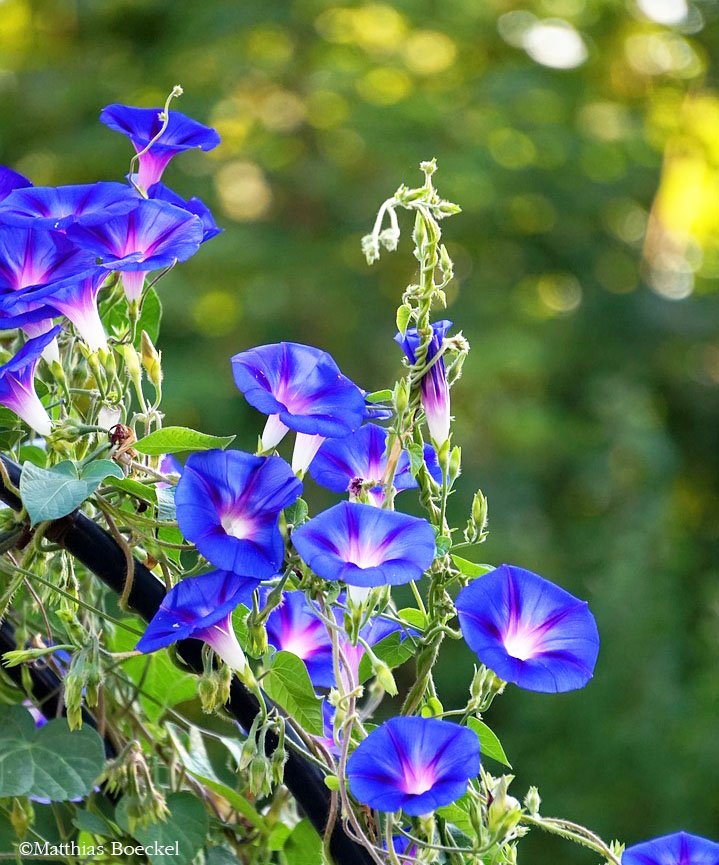One of my favorite seasonal words is the one for May, "Kunpuu (薫風)." This breeze blows through the fresh greenery of early summer. It comes from the south and carries scents through fields, along valley edges, and over water surfaces. This wind is called Kunpuu, which means the balmy breeze scents.
The first time I heard this word was when I saw it written on a hanging scroll in a tea room when I was just beginning to learn the way of tea known as the tea ceremony. At first, I thought I could feel and hear the breeze, but I didn't know that I could also smell it.
So when I heard the word "Kunpuu", I thought of the refreshing light green fragrant leaves and wanted to take a deep breath. Every time I hear those words, I still think of that day.
In Japan, seasonal words are probably learned in elementary school. At that time, I didn't understand the importance of seasonal words at all. But now, when I hear them, a beautiful scene comes to mind. That imagination enriches our daily life.
Kunpuu is not just a concept. It contains substances called phytoncides, which play an important role in plant immunity and the relationships between organisms in the ecosystem. I don't think the ancient people knew about these substances, but their senses were so acute that they could probably smell them.
I wonder how much we use our five senses in everyday life. Furthermore, we tend to forget to breathe deeply in our stressful lives. The reason why I like the word Kunpuu maybe because it reminds me to engage our five senses. This is the time of year when all plants grow abundantly under the sunlight. So we should get some sunlight, breathe deeply, and enjoy the beautiful early summer with all of our five senses.



















